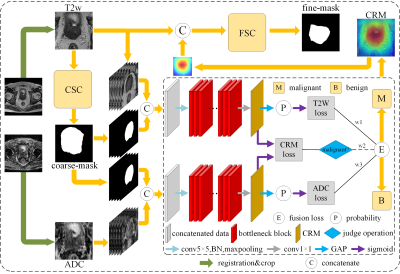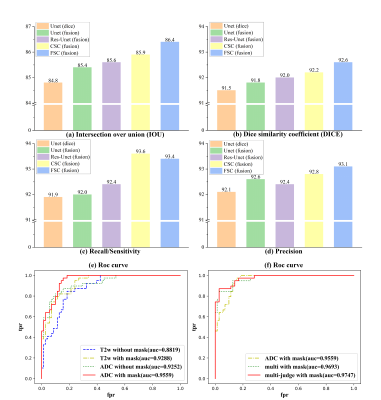Piqiang Li1, Zhao Li2, Qinjia Bao2, Kewen Liu1, Xiangyu Wang3, Guangyao Wu4, and Chaoyang Liu2
1School of Information Engineering, Wuhan University of Technology, Wuhan, China, 2State Key Laboratory of Magnetic Resonance and Atomic and Molecular Physics, Wuhan Institute of Physics and Mathmatics, Innovation Academy for Precision Measurement Science and Technology, Wuhan, China, 3Department of Radiology, The First Affiliated Hospital of Shenzhen University, Shenzhen, China, 4Department of Radiology, Shenzhen University General Hospital, Shenzhen, China
1School of Information Engineering, Wuhan University of Technology, Wuhan, China, 2State Key Laboratory of Magnetic Resonance and Atomic and Molecular Physics, Wuhan Institute of Physics and Mathmatics, Innovation Academy for Precision Measurement Science and Technology, Wuhan, China, 3Department of Radiology, The First Affiliated Hospital of Shenzhen University, Shenzhen, China, 4Department of Radiology, Shenzhen University General Hospital, Shenzhen, China
We proposed a Mutual Communicated Deep learning Segmentation
and Classification Network (MC-DSCN) for prostate cancer based on
multi-parametric MRI.

The
overall architecture of the proposed MC-DSCN network for prostate segmentation and classification. The coarse segmentation
component (CSC) is constructed to generate coarse masks. The classification
component extracts and fuses multi-parametric feature information and produce the lesion
localization maps (CRM). The T2w images are concatenated with the CRM, then fed
into the fine segmentation component (FSC) to generate the fine-mask.

(a-d)The
comparisons for different segmentation network, including Unet, Res-Unet, coarse segmentation network(CSC), fine segmentation network (FSC).
The loss is indicated in brackets, including dice loss and the fusion loss(dice
loss, the online rank loss). Both CSC and FSC are based on a residual
U-net with an attention block. (e-f) the comparison of PCa Classification ROC curve based
on different inputs. (e) the inputs include only T2w, T2w with coarse-mask, only
ADC, ADC with coarse-mask. (f) the inputs include ADC with coarse-mask, multi-parametric images
with coarse-mask.